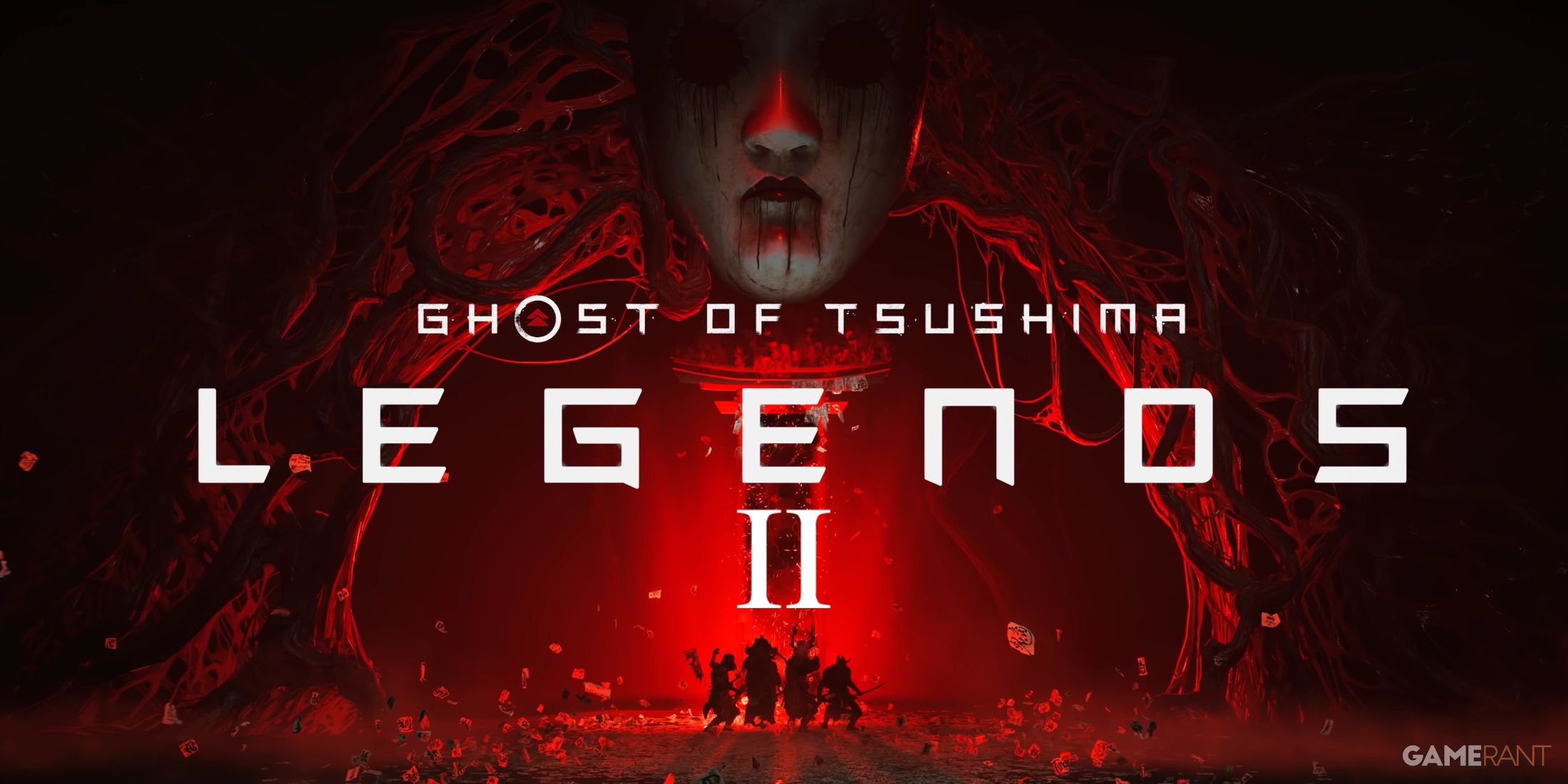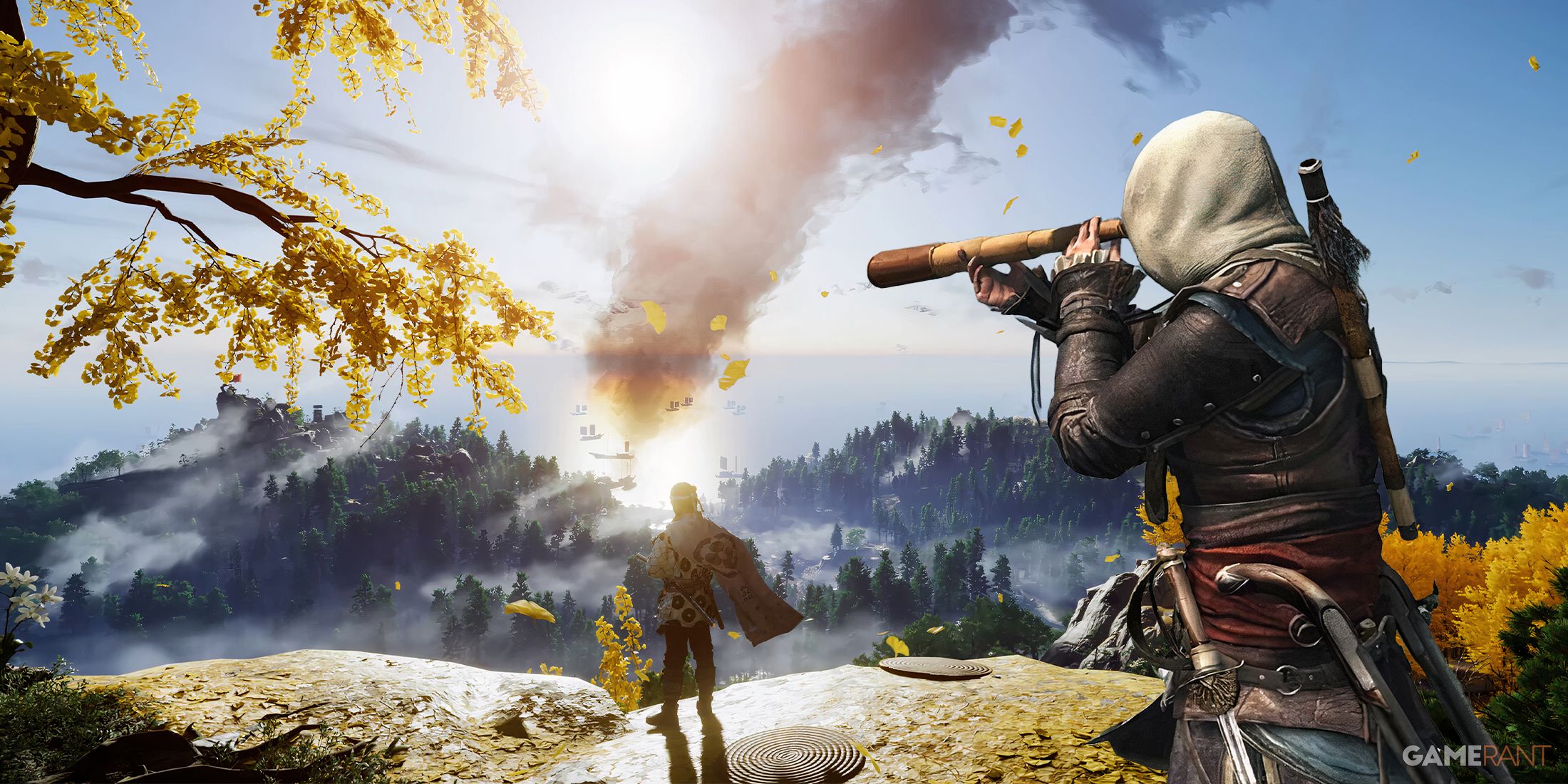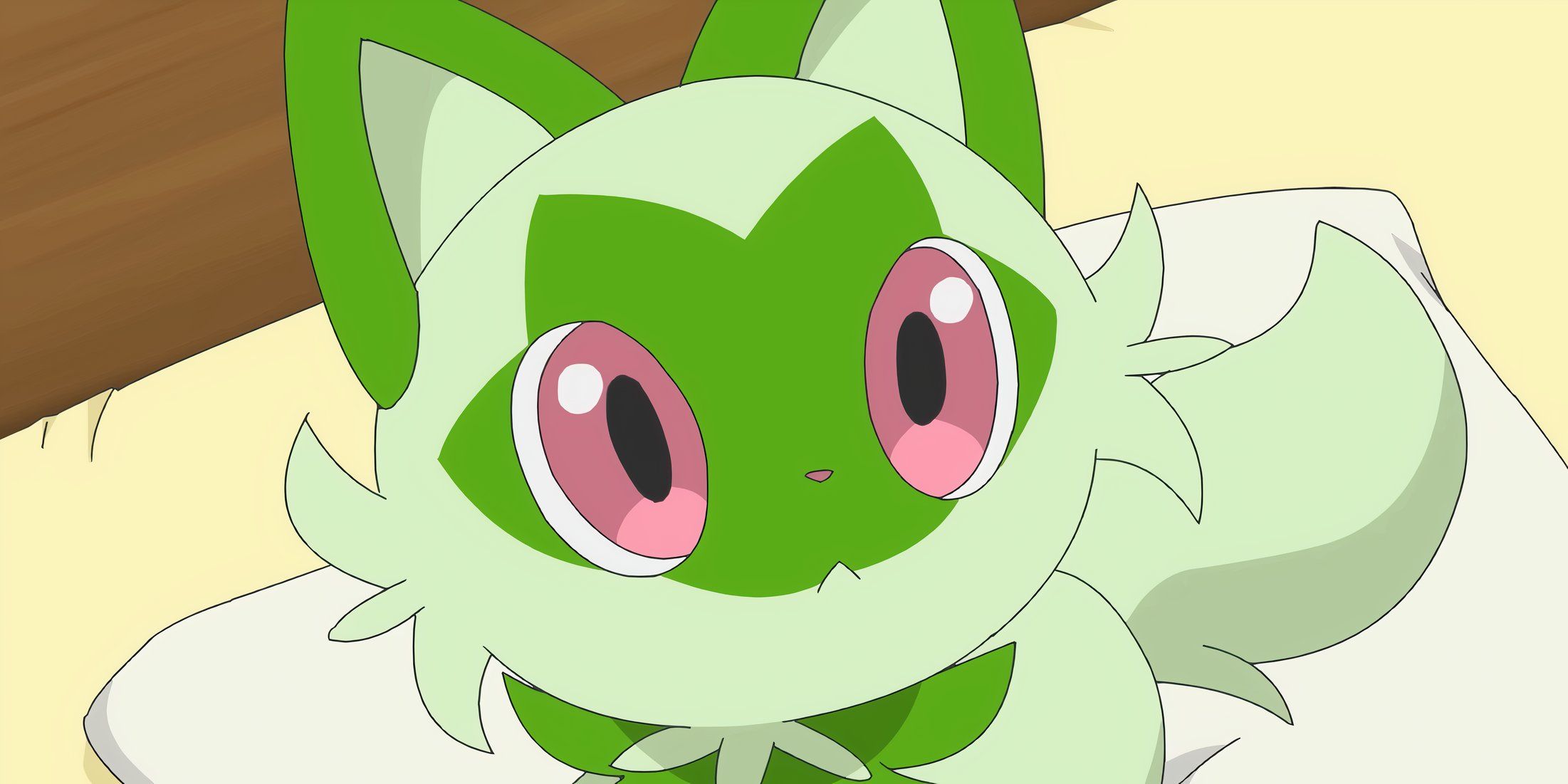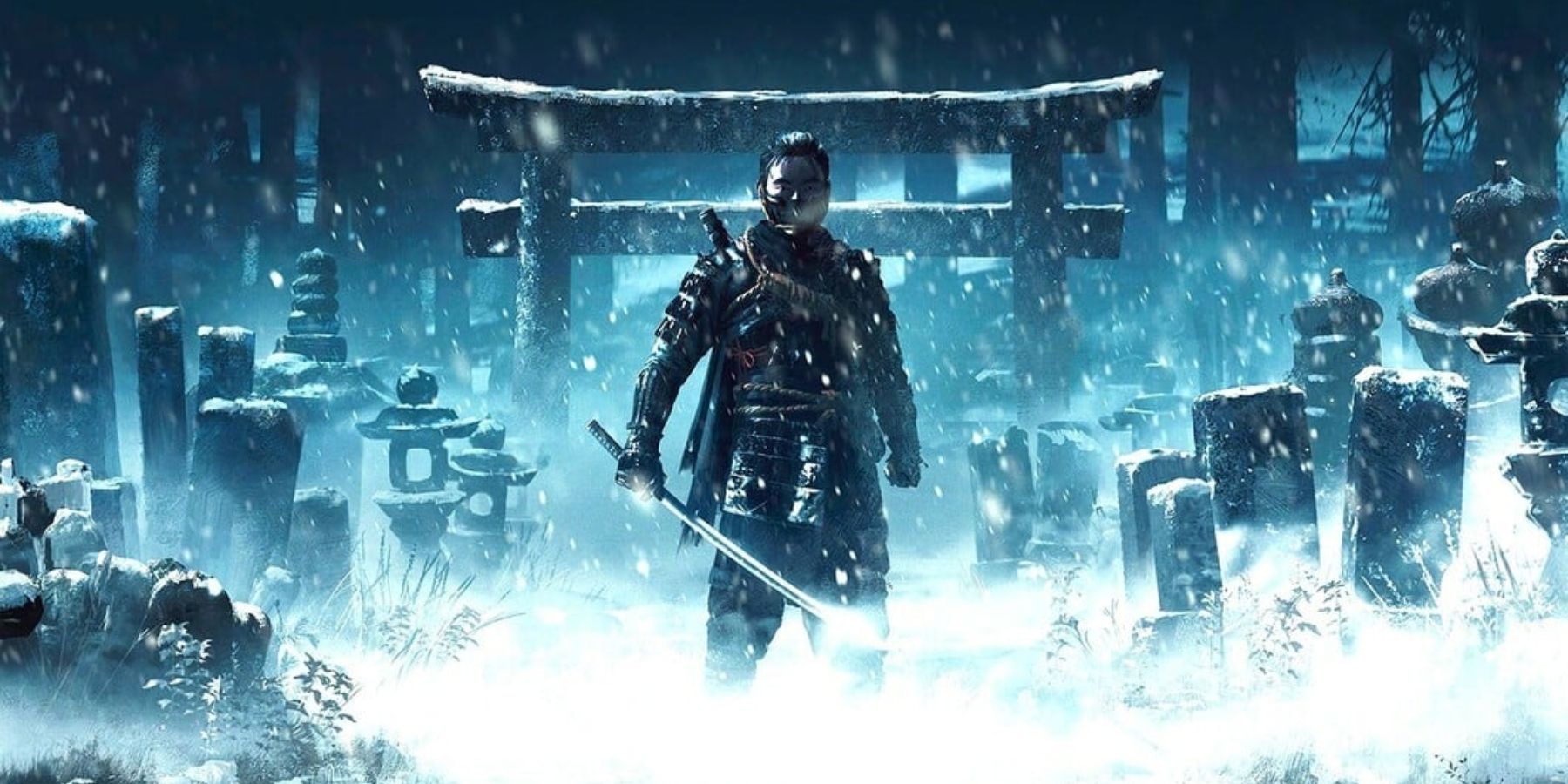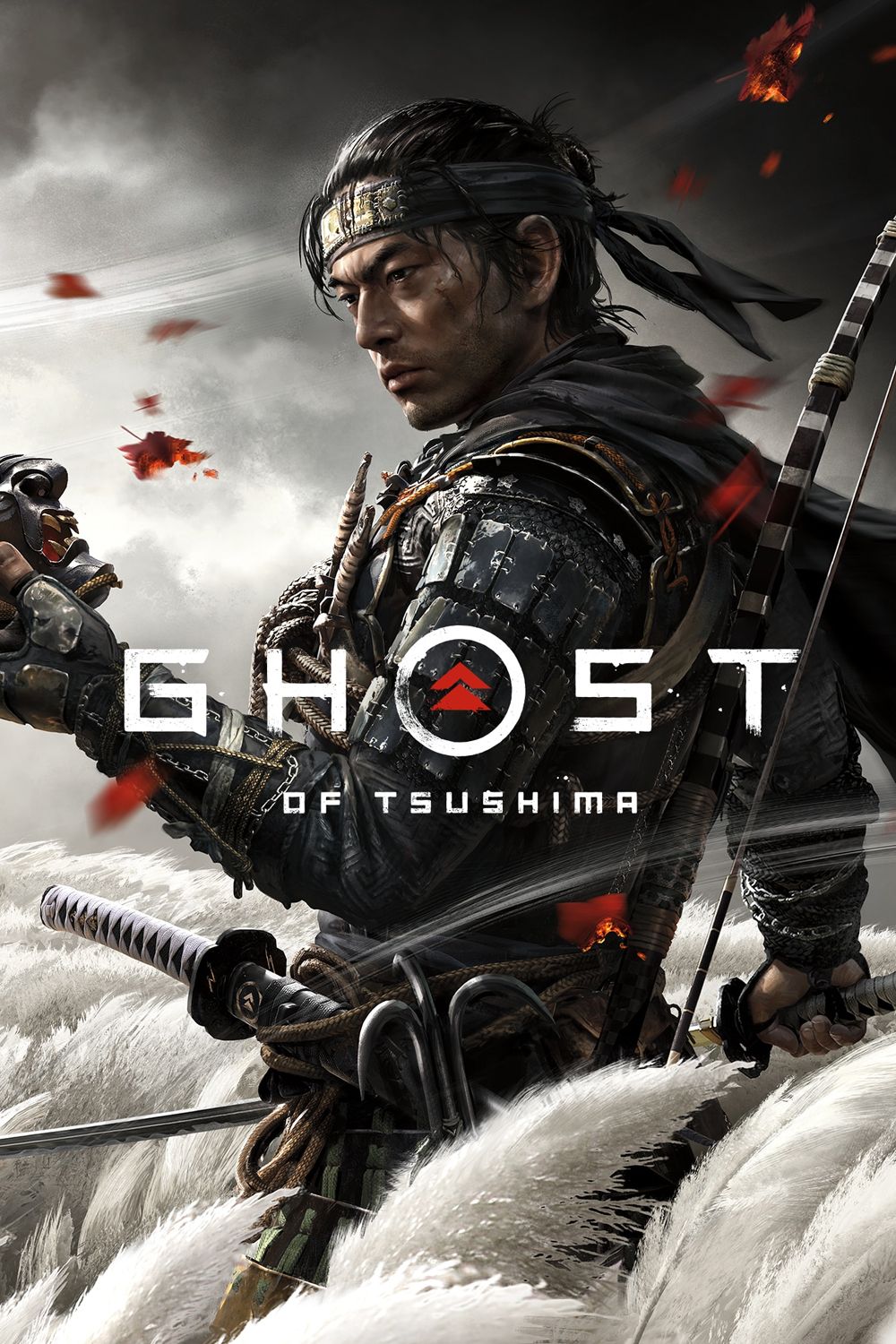Highlights
- Ghost of Tsushima's adherence to historical accuracy and a realistic art style contribute to its grounded and immersive experience.
- The game's abilities and powers should avoid falling into the trope of introducing unrealistic or supernatural elements, as seen in the Assassin's Creed franchise.
- If Ghost of Tsushima wants to explore mythology, it should do so in its Legends multiplayer mode, which has already experimented with these themes.
With not a ton of first-party games currently on its future schedule, fans are getting a little antsy about what PlayStation's got going on behind the scenes. Over the last few years, Sony has acquired a bunch of excellent developers, and they're all presumably hard at work on their own various projects. However, the vast majority of those projects still haven't been revealed to the public, and that's the case for Sucker Punch Productions, a studio that fans are convinced is currently hard at work on a Ghost of Tsushima sequel.
Finding some decent success upon its initial July 2020 release, even despite being overshadowed by The Last of Us Part 2's release a month prior, Ghost of Tsushima has gradually become one of PlayStation's most popular first-party games over the last few years, and it's only natural that fans would want a sequel. While a Ghost of Tsushima 2 hasn't been officially confirmed in any capacity, a sequel would make a lot of sense, though there's one classic trope trap that Sucker Punch shouldn't fall into: leaping head first into mythology.
Ghost of Tsushima 2 Should Maintain Historical Realism
Ghost of Tsushima's Realistic Setting and Art Style is Key
While Ghost of Tsushima has plenty of unique selling points, one of its standout features is its adherence to historical accuracy. Of course, as should be expected of any video game, Ghost of Tsushima takes its fair share of liberties with the real-world history behind its setting and core narrative, but it's still a game very much based in reality and centered around actual events, and that's something that really helps to ground the whole experience. And with a more realistic historical setting, Ghost of Tsushima's story and characters also end up feeling more grounded and real.
What really cements Ghost of Tsushima's realism, however, is its art style. Realistic lighting, shadows, and cutting-edge texturing, character and face models are all present in Ghost of Tsushima, and they all help to make the game feel realistic. The same can be said for Ghost of Tsushima's animations. While main character Jin Sakai can counter attacks with lightning-quick precision and even slow down time while firing his bow, the realistic animations behind all of his movements keep the combat feeling weighty, deliberate, and grounded.
Ghost of Tsushima's Abilities Shouldn't Fall Into the Same Trap as Assassin's Creed
It might not be the most realistic game in the world, but Ghost of Tsushima's naturalistic aesthetic is one of its defining qualities, and something that should definitely be carried through to its eventual successor. This is also true for any abilities that Jin might receive in a sequel. It's often the case that an action-adventure sequel will up the ante by introducing some mysterious new powers, usually from some kind of mystical origins. While Ghost of Tsushima's Feudal Japan setting naturally lends itself to a leap like this, it should try to refrain from doing so, and the Assassin's Creed franchise is the perfect example as to why.
While the Assassin's Creed franchise has always had supernatural abilities like Eagle Vision, these have usually been justified by some kind of in-universe logic that fans have always been on board for. However, as the series has progressed, its playable characters have ventured a little more into the supernatural territory with their late-game abilities. Assassin's Creed Mirage was the recent straw that broke the camel's back in this regard, giving players an Assassin Focus move that let players teleport between a group of enemies for a few instant kills, seemingly with no in-universe logic to support it and thus breaking players' immersion for good. If Ghost of Tsushima wants to include some more mythology in its sequel, then its Legends multiplayer mode is the perfect spot to do so, having already dabbled with it.

